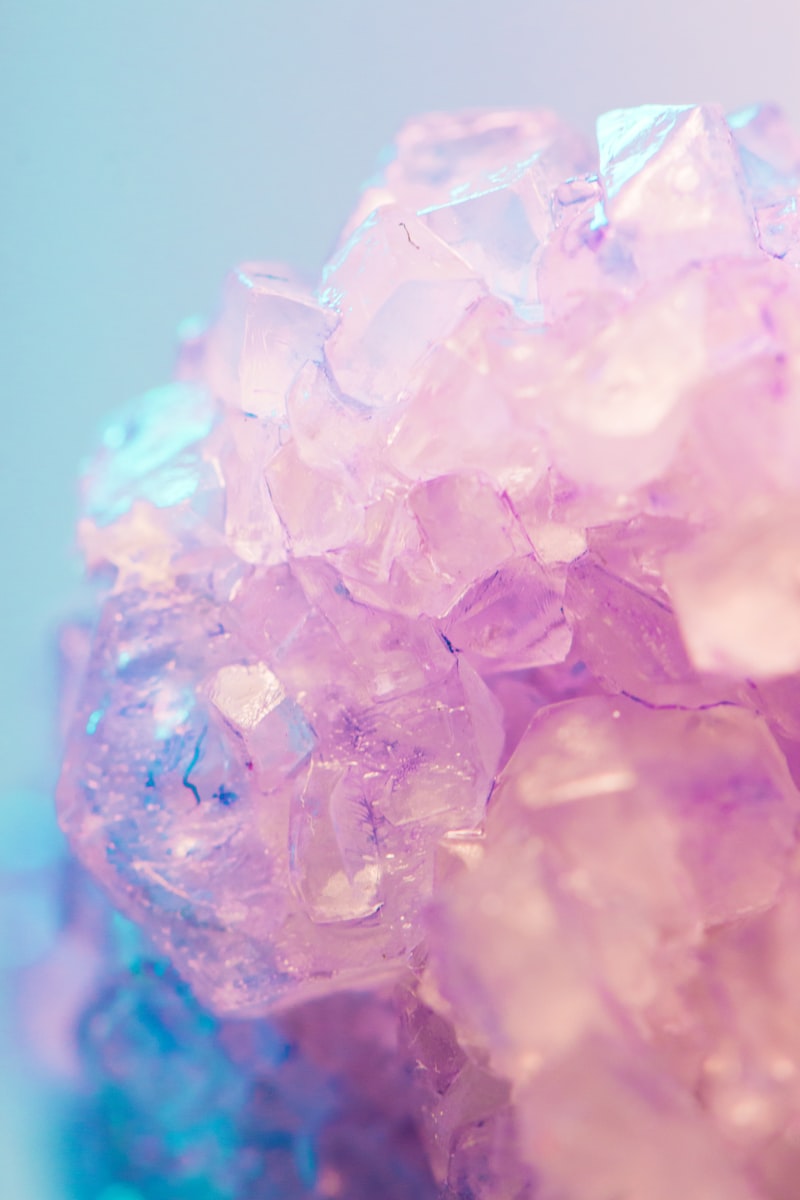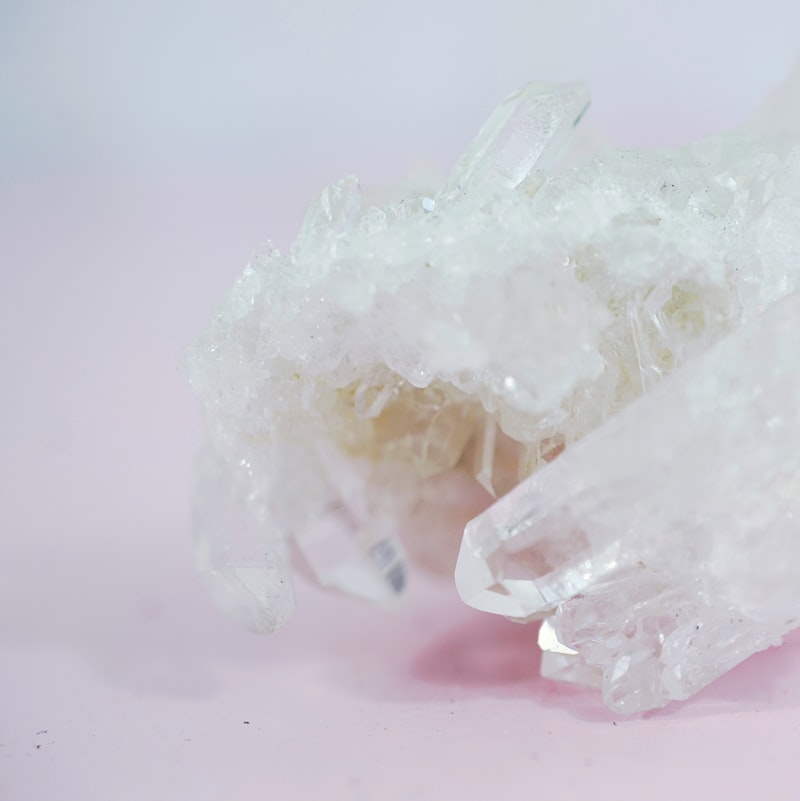
Crystal-clear lakes are nature’s masterpieces, formed by a combination of factors that create optimal conditions for water clarity. These lakes often begin as glacial lakes, where the slow melting of ancient glaciers releases water containing fine sediment known as glacial flour. As the water flows into the lake, the suspended sediment settles, leaving the water remarkably clear and transparent.
One of the most breathtaking aspects of crystal-clear lakes is their mirror-like surface that reflects the surrounding landscape with breathtaking clarity. On a calm day, the lake becomes a perfect canvas, mirroring the azure sky above and the lush greenery of the forests that fringe its shores. This mirror effect creates an illusion of depth, making the lake appear even more enchanting.
Beyond their visual appeal, crystal-clear lakes harbor a rich ecosystem. The clarity of the water allows sunlight to penetrate deeply, nurturing underwater life such as fish and aquatic plants. These lakes often become havens for divers and snorkelers who are eager to explore the hidden world beneath the surface, where schools of fish dart among submerged rocks and algae sway like underwater gardens.
Some of the world’s most famous crystal-clear lakes, like Lake Tahoe in the United States or Lake Pukaki in New Zealand, draw visitors from around the globe seeking to experience their pristine beauty firsthand. Whether you’re hiking along their shores, kayaking across their tranquil waters, or simply enjoying a picnic with loved ones, crystal-clear lakes have a way of leaving an indelible impression, reminding us of nature’s unparalleled artistry.
Hidden Gems: Discovering the World’s Most Crystal Clear Lakes
Imagine stepping into a world where the water is so clear that it feels like you’re floating on air. Crystal clear lakes are nature’s hidden gems, offering a glimpse into an underwater world that seems almost too magical to be real.
One such marvel is Plitvice Lakes in Croatia, a UNESCO World Heritage site renowned for its cascading waterfalls and vibrant turquoise waters. Here, the clarity of the lakes is such that you can see straight to the bottom, where fish glide effortlessly through submerged forests.

Moving across continents to New Zealand, we encounter Lake Pukaki, nestled amidst the country’s Southern Alps. Its waters, fed by glacial streams, possess a mesmerizing blue hue that reflects the surrounding snow-capped peaks. This contrast creates a scene of unparalleled beauty that photographers and nature enthusiasts alike find irresistible.
Not to be outdone, Jiuzhaigou Valley in China boasts a series of lakes known for their crystal clarity and vivid colors. The valley’s mineral-rich waters create a mirror-like effect, perfectly reflecting the surrounding foliage and creating an ethereal atmosphere that changes with the seasons.
In the heart of North America lies Lake Tahoe, straddling the border of California and Nevada. Famous for its stunning clarity, Lake Tahoe’s waters are so transparent that on a calm day, you can see up to 70 feet below the surface. Surrounded by towering pine forests and snow-capped peaks, it’s a haven for outdoor enthusiasts year-round.
Nature’s Mirrors: Exploring the Serenity of Crystal Clear Lakes

Have you ever stood by the edge of a crystal-clear lake and felt like you were gazing into nature’s own mirror? These pristine bodies of water hold a unique allure, reflecting the beauty of their surroundings with unparalleled clarity. From the gentle sway of overhanging trees to the dance of sunlight on their surface, crystal clear lakes captivate the senses and soothe the soul.
Imagine yourself on a quiet morning, where the only sound is the whisper of a breeze and the occasional call of a distant bird. As you look down into the water, it’s as if you can see right through to the bottom, where pebbles rest undisturbed and aquatic plants sway gently with the current. This clarity is not just a visual treat but a testament to the purity of these natural wonders.
One of the most mesmerizing aspects of crystal clear lakes is their ability to create stunning reflections. On a calm day, the mirror-like surface perfectly mirrors the sky above and the landscape around, creating a seamless blend of reality and its watery reflection. Photographers often flock to these lakes to capture nature’s artistry at its finest, where each shot becomes a masterpiece framed by the lake’s serene waters.
These lakes are not just beautiful; they also play a crucial role in their ecosystems. The clarity of the water allows sunlight to penetrate deeper, nurturing underwater flora and providing habitat for a diversity of aquatic life. Fish dart through the clear waters, while waterfowl glide gracefully across the surface, adding to the lakes’ vibrant tapestry of life.
Whether you seek tranquility, a photographer’s paradise, or simply a moment of awe-inspiring beauty, crystal clear lakes offer something for everyone. Their purity and reflective charm remind us of nature’s delicate balance and the importance of preserving such pristine environments for generations to come.
Crystal Clear Lakes: The Secret to Nature’s Pristine Waters
Imagine standing at the edge of a lake so clear that you can see straight to the bottom, where every pebble and fish seems suspended in a liquid abyss. What creates this breathtaking transparency? The answer lies in a delicate balance of natural processes and environmental purity.
Firstly, crystal clear lakes owe their clarity to the absence of suspended particles and pollutants. Unlike other bodies of water that may appear murky or tinted, these lakes are devoid of sediment and algae that cloud the water. This purity allows light to penetrate deeply, revealing the lake’s true depth and enhancing its blue hues to an almost surreal intensity.
Secondly, the geographical setting plays a crucial role. Many crystal clear lakes are nestled in remote, untouched landscapes where human interference is minimal. This isolation shields them from runoff contaminants and industrial pollutants, preserving their pristine condition year-round.
Furthermore, the geological composition of the lake bed contributes significantly. Lakes situated above limestone or granite formations, for instance, tend to have clearer waters due to their ability to filter impurities naturally. These geological marvels act like giant sieves, ensuring that only the purest water flows and settles within their basins.
Beyond Blue: Unveiling the Beauty of Crystal Clear Lake Destinations
Imagine standing on the shores of Lake Tahoe, USA, where the cobalt blue water is so transparent, you can see straight to the lake bed. It’s a spectacle of nature’s perfection, reflecting the surrounding mountains like a giant, shimmering mirror. Every ripple and wave becomes a dance of light and color, captivating visitors year-round.
Venture further to Plitvice Lakes in Croatia, a network of turquoise pools cascading down terraced rock formations. The interplay of sunlight and minerals creates a symphony of blues that change with the seasons, from deep sapphire in winter to sparkling aquamarine in summer. It’s a paradise for photographers and nature enthusiasts alike, offering vistas that seem almost too beautiful to be real.
New Zealand’s Lake Pukaki is another gem, known for its surreal turquoise hue derived from glacial flour suspended in the water. Set against the backdrop of snow-capped peaks, it’s a scene straight out of a fairy tale, where the water’s clarity is matched only by the purity of the air.
These lakes aren’t just bodies of water; they’re windows into pristine ecosystems and geological marvels. Their beauty transcends mere visuals, offering a sense of peace and wonder that can only be experienced in person. Whether you’re hiking along their shores, kayaking across their surfaces, or simply basking in their tranquility, crystal clear lakes leave an indelible impression on all who encounter them.
In a world where natural beauty is increasingly rare, these destinations stand as reminders of the Earth’s incredible diversity and resilience. They inspire awe and reverence, encouraging us to cherish and protect our planet’s most precious resources. So, immerse yourself in the enchanting world Beyond Blue and discover the unparalleled beauty of crystal clear lake destinations that await you.
Crystal Clear Lakes Around the Globe That Will Take Your Breath Away
One such marvel is the Peyto Lake in Alberta, Canada. Nestled within Banff National Park, this lake is renowned for its surreal turquoise color, a result of glacial rock flour that suspends in the water. As the sunlight hits the lake, it transforms into a breathtaking shade of blue, creating a postcard-perfect scene that seems almost too beautiful to be real.
Venture to Lake Pukaki in New Zealand, and you’ll encounter another natural wonder. Fed by the melting waters of surrounding glaciers, this lake boasts a mesmerizing milky turquoise hue. Set against the backdrop of the Southern Alps, its mirror-like surface reflects the snow-capped peaks, making it a photographer’s paradise and a haven for nature enthusiasts.
Travel further south to Lake Titicaca in Peru and Bolivia, the world’s highest navigable lake. Its crystal-clear waters are dotted with floating islands inhabited by the indigenous Uros people, who have lived on these reed islands for centuries. The lake’s stillness and purity create a sense of tranquility that is truly unmatched.
In Plitvice Lakes National Park in Croatia, a series of interconnected lakes cascade down through forested hills in a stunning display of natural beauty. The lakes vary in color from azure to emerald green, depending on the minerals and organisms present in each body of water. Visitors can explore wooden walkways that meander above and around the lakes, offering panoramic views of this UNESCO World Heritage site.
Transparent Treasures: Iconic Crystal Clear Lakes You Must Visit
One such marvel is Lake Tahoe, nestled in the Sierra Nevada of the United States. Its cobalt-blue waters are famed for their clarity, allowing visibility of up to 70 feet deep on a calm day. Surrounded by snow-capped peaks and pine forests, Lake Tahoe is a year-round destination for skiing, hiking, and simply marveling at its pristine beauty.
Moving across the globe to New Zealand, Lake Pukaki presents a spectacle of azure brilliance in the country’s South Island. Fed by glaciers, its water carries a distinctive turquoise hue that captivates visitors. Against the backdrop of Aoraki/Mount Cook, the tallest peak in New Zealand, Lake Pukaki creates a scene straight out of a postcard—a testament to nature’s artistry.
In Canada’s Banff National Park, Moraine Lake stands as a jewel in the Valley of the Ten Peaks. Its vivid turquoise waters, fed by glacial melt, are framed by towering mountains and dense forests. Visitors hike the nearby trails or simply sit by the lake’s edge, absorbing the tranquility and marveling at its almost surreal clarity.
Back in Europe, Plitvice Lakes in Croatia form a network of interconnected lakes renowned for their cascading waterfalls and vibrant turquoise waters. Set amidst lush greenery and limestone canyons, these lakes are a UNESCO World Heritage site, drawing nature lovers from around the world.
Crystal Clear Lakes: Nature’s Aquatic Wonderlands
In these crystal clear lakes, the water acts like a giant mirror, reflecting the surrounding landscape with breathtaking clarity. Imagine the lush green forests, towering mountains, and clear blue skies perfectly mirrored on the lake’s surface, creating a surreal and picturesque scene. This natural phenomenon not only mesmerizes but also provides an ideal habitat for diverse aquatic life.
Diving into these lakes is like entering a different realm altogether. The visibility underwater is unparalleled, allowing divers and snorkelers to explore underwater formations, vibrant coral reefs, and marine life with astonishing clarity. It’s as if you’re floating weightlessly in a world of liquid glass, where every movement creates ripples that distort but do not diminish the lake’s pristine clarity.
But how do these lakes maintain such incredible transparency? It’s a delicate balance of environmental factors including minimal sediment runoff, low nutrient input, and efficient filtration by natural processes. These lakes often owe their clarity to geological formations that naturally filter impurities, ensuring that only pure, clear water remains.
Crystal clear lakes aren’t just bodies of water; they are living ecosystems and geological marvels. They inspire awe and wonder, prompting us to reflect on the delicate balance of nature and our role in preserving these aquatic sanctuaries. As you stand by the shore of one of these lakes, take a moment to appreciate nature’s artistry and the sheer magnificence of these aquatic wonderlands.
Frequently Asked Questions
Where can I find the most stunning crystal clear lakes?
Discover the world’s most breathtaking crystal clear lakes with our guide. Explore pristine natural wonders and find your perfect destination for serene beauty.
How do crystal clear lakes benefit the environment?
Discover how crystal clear lakes benefit the environment through their role in supporting diverse ecosystems, providing habitats for aquatic life, contributing to local economies through tourism, and serving as natural reservoirs of clean water essential for human consumption.
What activities can I enjoy at crystal clear lakes?
Discover a variety of enjoyable activities at crystal clear lakes, including swimming, kayaking, fishing, and scenic hikes. These pristine waters offer opportunities for relaxation and outdoor adventure amidst stunning natural landscapes.
How can we protect crystal clear lakes from pollution?
Learn effective strategies to safeguard crystal clear lakes from pollution, ensuring sustainable water quality through measures such as reducing runoff from nearby urban areas, enforcing strict waste disposal regulations, promoting eco-friendly practices among industries, and fostering community awareness and involvement in lake conservation efforts.
What causes lakes to have crystal clear water?
Discover what factors contribute to lakes having exceptionally clear water, from low nutrient levels to minimal sediment runoff and the presence of natural filters like underwater vegetation and rocks.



